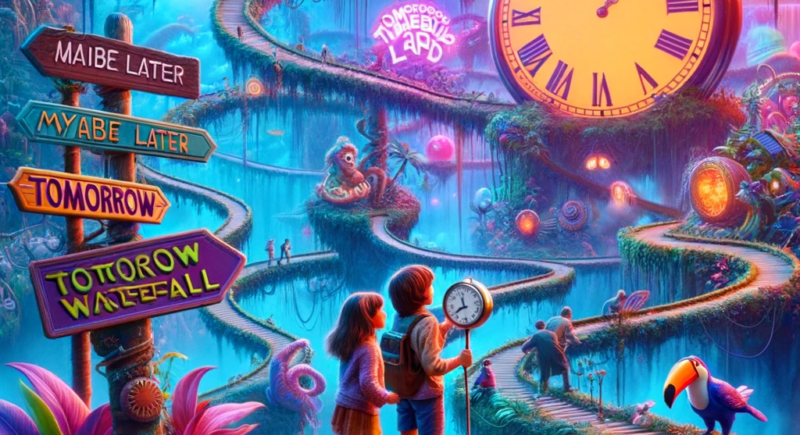In today’s fast-paced and complex world, equipping our children with the right mental models can be a game-changer. Inspired by the insightful work of Shane Parrish, I’ve been fascinated by how these mental models can be adapted to benefit our younger generation. As a father, and someone deeply immersed in the world of education and technology, I recognize the importance…









